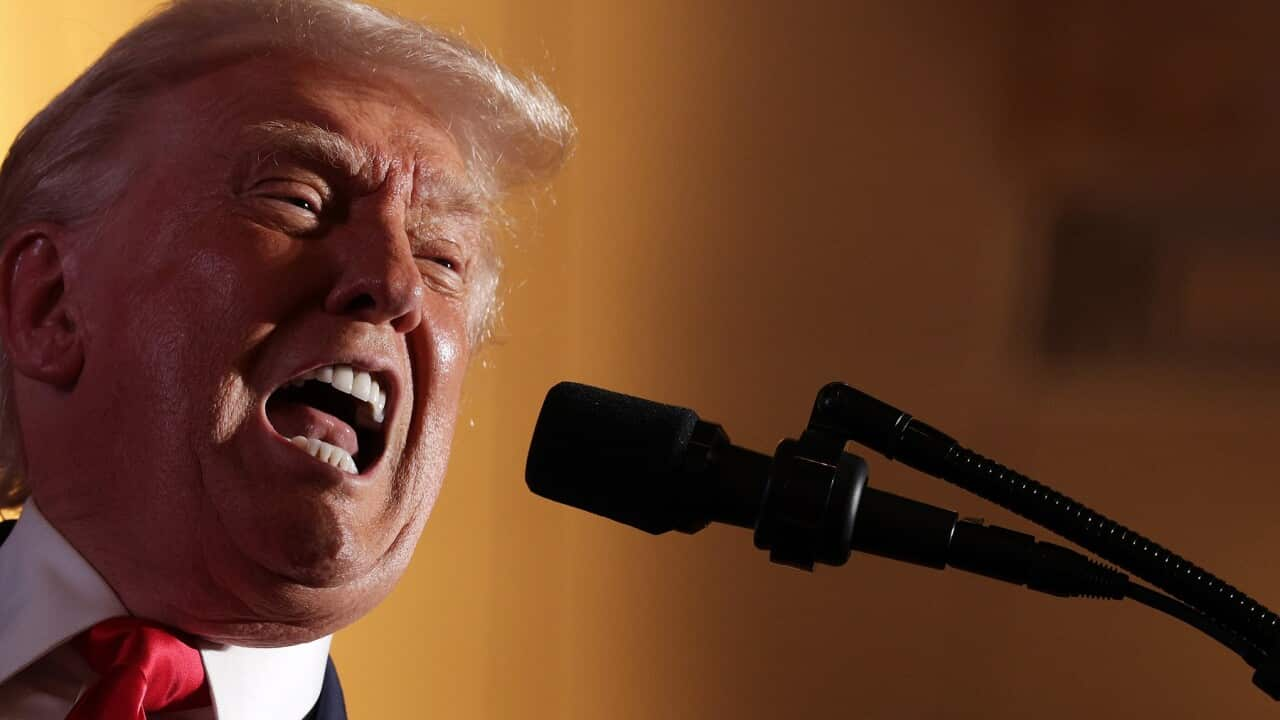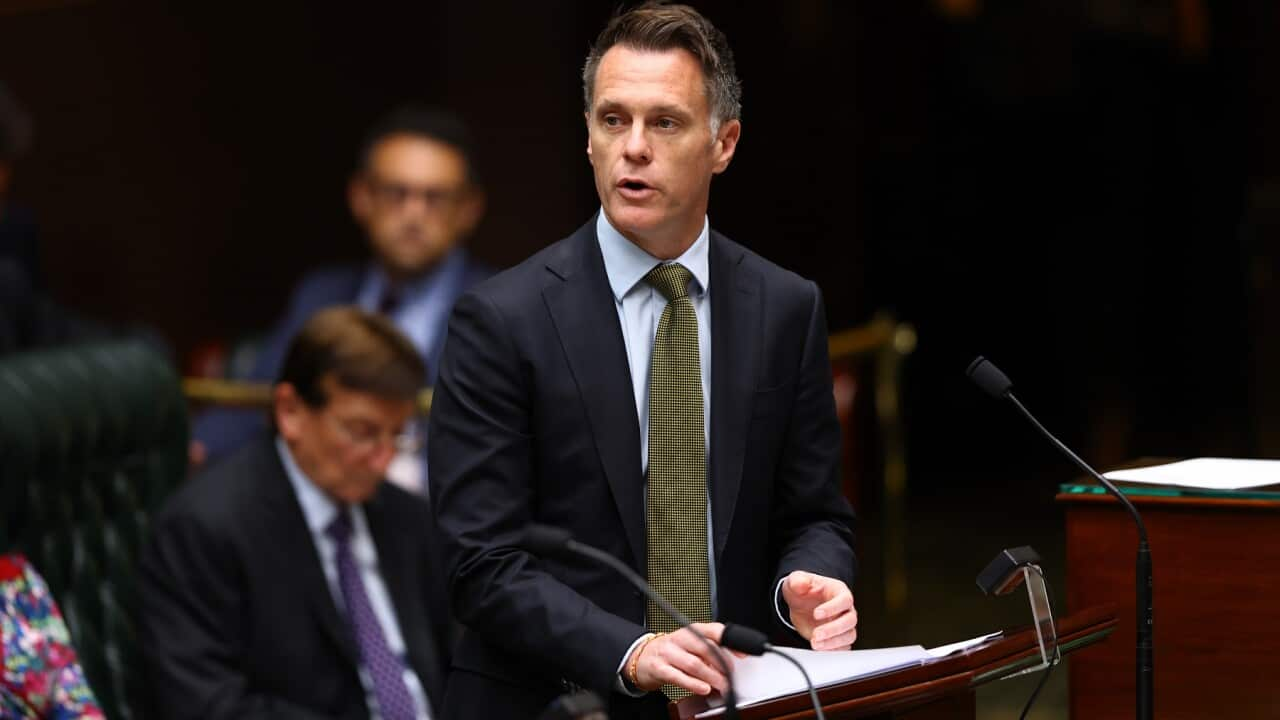TRANSCRIPT
For a long time, the Coastal Banjo frog kept out of sight. But it found a way to make its presence known.
It’s distinctive mating call echoing the pluck of a banjo spring and earning it the nickname “pobblebonk”.
It’s also one of Australia’s newest frog species … found along the New South Wales coast. And it was discovered through audio recordings captured by citizen scientists.
“Just through FrogID recordings alone, we've published many different scientific papers looking at all range of ecological questions like how habitat influences frog calls, how they're responding to urbanisation, climate change. But also using FrogID recordings we've managed to describe 13 new species of frogs.”
Anaiwan woman, Grace Gillard is a Technical Officer at FrogID … which facilitates the country’s biggest citizen science project and the world's largest week-long frog count.
The November initiative which is led by the Australian Museum has recorded 1.3 million croaks, chirps and clicks from amphibians across Australia.
But Gillard says, major parts of the country remain underrepresented in the data.
“Overall we've collected over 1.3 million records of frogs, this is only actually from 40 per cent of the country. So, that's 60 per cent of Australia where we basically don't have much of a clue what's calling and how the frogs are doing. So, for example, up in the Northern Territory, we're looking for more recordings, from the Bell Area in Queensland we're really hoping to hear more from the Wujal Wujal area in Western Australia, really anywhere in the Pilbara or the Kimberleys.”
Australia is home to more than 240 different frog species. Close to 20 per cent are threatened with extinction according to the Environment Department.
Major threats include disease, habit loss caused by droughts, fires and land clearing for human development.
A 2023 study published in the Nature journal found over 40 per cent of amphibians worldwide faced extinction. That’s compared to 26.5 per cent of mammals and less than thirteen per cent of at-risk birds.
Historically, First Nations perspectives have been sidelined in science. Grace Gillard believes Traditional knowledge should be used to combat contemporary environmental challenges.
“So, we have this knowledge, this deep traditional knowledge going back generations, and you know the only way to share this knowledge is to pass it on to new people, to pass it down … and I feel like this is something that's really underrepresented in scientific literature and it's something that, I think you know we need to explore a lot more.”
While frogs may not be everyone’s favourite …
“They're not charismatic like, you know, a koala or a beautiful big bird.”
Researchers say recordings captured at local ponds, puddles, desert regions or even on the dunny – are contributing to science.
“We're seeing how many thousands of people across the country are actually really passionate about getting involved and contributing to us, understanding more about the conservation requirements.”













